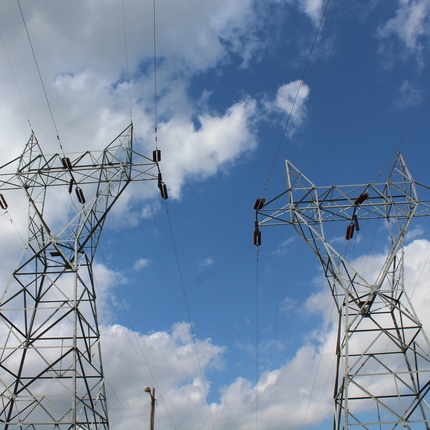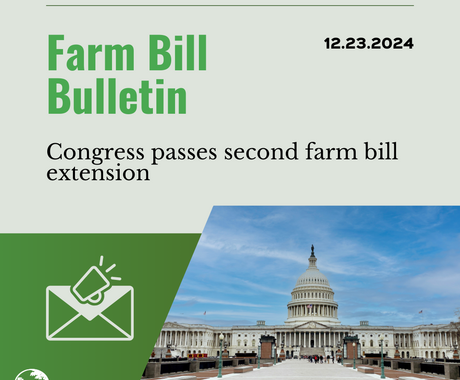Transmission lines are the backbone of our nation’s power system, allowing electricity to flow from generation sources to consumers. As states like Minnesota transition toward a clean energy future, there is a need for modernizing and upgrading electric transmission systems.
But, a modern grid requires modern infrastructure, which takes time and money. In the meantime, one Minnesota energy company is using digital technology to create more efficient paths for electricity to flow and make Minnesota’s electric grid more efficient.
In April, Great River Energy, a not-for-profit wholesale electric power cooperative serving nearly 30% of Minnesotans, deployed 52 grid-enhancing technologies (GETs) devices across the state to help maximize the transmission of electricity.
The sphere-shaped sensors, developed by Heimdall Power, are referred to as "neurons,” and they enhance existing grid hardware to extend the useful life or increase capacity. The neurons communicate via cell towers to draw power directly from the line. The devices have the potential to be on the line for decades without requiring maintenance. According to the CEO of Heimdall Power, the price of one neuron, including the software licenses, is about 2 to 3% of what it would cost to build a new power line.
GETs provide a lower-cost route to address congestion issues. By allowing more power to flow through the line, the value of existing infrastructure is maximized as plans for the electric grid’s future are developed.
Great River Energy’s GETs deployment is the largest Dynamic Line Rating project in the U.S. to date. In a pilot project last year, the company installed four neurons, which helped increase capacity on a key transmission line by up to 42.8%.
The results are promising for Great River Energy’s 1.7 million customers, many of whom reside in predominantly rural communities and some in the state's lowest-income communities. Using GETs allows more power to flow through the lines, reducing the rate of congestion, and leading to reliable and affordable service.
For Minnesota to successfully reach its 2040 carbon-free electricity goal, an upgraded and modern grid is needed. As the state works to address the high cost and lengthy permitting timeline for new transmission lines, GETs offer a short-term, cost-effective solution to improve efficiency, reliability, and capacity.





